I Think It’s Time To Let You Go.
i think it’s time to let you go.
even if you were never mine to begin with. (via uhnsaids)
More Posts from I-need-some-space-man-blog and Others
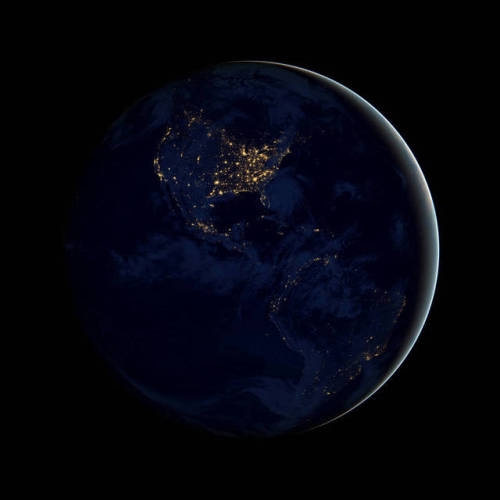
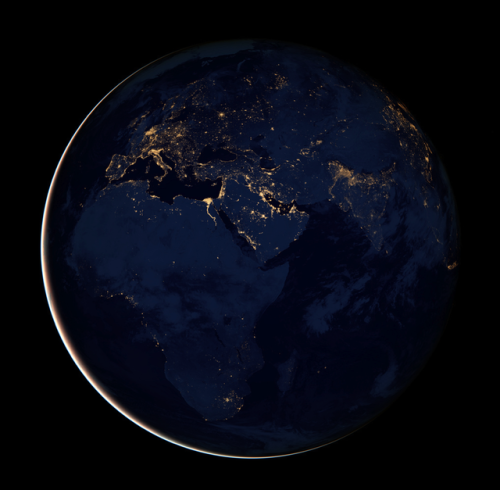
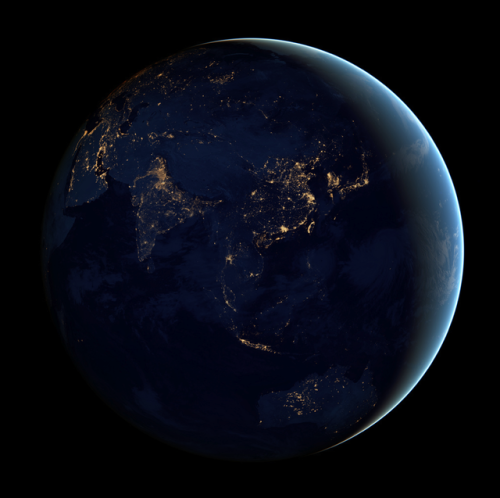
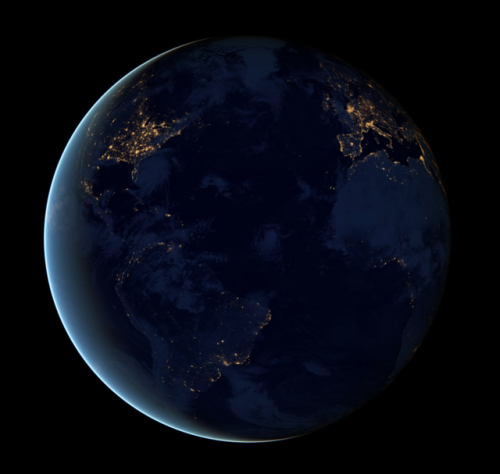
NASA images show the Earth seen at night, assembled from data acquired by the Suomi National Polar-Orbiting Partnership (NPP) satellite.
Image credit: NASA’s Earth Observatory/NOAA/DOD
The Moon Just Photobombed NASA’s Solar Dynamics Observatory
On May 25, 2017, the moon photobombed one of our sun-watching satellites by passing directly between the satellite and the sun.

The Solar Dynamics Observatory, or SDO, orbits Earth and watches the sun nearly 24/7 — except when another body, like the moon, gets in the way. These lunar photobombs are called transits, the generic term for when any celestial body passes in front of another.
Transits are one way we detect distant worlds. When a planet in another star system passes in front of its host star, it blocks some of the star’s light so the star appears slightly dimmer. By monitoring changes in a star’s light over time, scientists can deduce the presence of a planet, and even determine what its atmosphere is like. This method has been used to discover thousands of planets, including the TRAPPIST-1 planets.

SDO sees lunar transits about twice a year, and this one lasted about an hour with the moon covering about 89 percent of the sun at the peak of its journey across the sun’s face.
When they’re seen from Earth, we call lunar transits by another name: eclipses.

Solar eclipses are just a special kind of transit where the moon blocks all or part of our view of the sun. Since SDO’s view of the sun was only partially blocked, it saw a partial eclipse. Later this year, on Aug. 21, a total eclipse will be observable from the ground: The moon will completely block the sun’s face in some parts of the US, creating a total solar eclipse on a 70-mile-wide stretch of land, called the path of totality, that runs from Oregon to South Carolina.
Throughout the rest of North America — and even in parts of South America, Africa, Europe and Asia — the moon will partially obscure the sun, creating a partial eclipse. SDO will also witness this partial eclipse.

Total solar eclipses are incredible, cosmic coincidences: The sun is about 400 times wider than the moon, but it also happens to be 400 times farther away, so the sun and moon appear to be the same size in our sky. This allows the moon to completely block the sun when they line up just right.

Within the path of totality, the moon completely obscures the sun’s bright face, revealing the comparatively faint corona — the sun’s pearly-white outer atmosphere.

It’s essential to observe eye safety during an eclipse. You must use proper eclipse glasses or an indirect viewing method when any part of the sun’s surface is exposed, whether during the partial phases of an eclipse, or just on a regular day. If you’re in the path of totality, you may look at the eclipse ONLY during the brief moments of totality.

A total solar eclipse is one of nature’s most awe-inspiring sights, so make your plans now for August 21! You’ll also be able to see the eclipse cross the country that day through the eyes of NASA – including views of the partial eclipse from SDO – on NASA TV and at nasa.gov.
Learn more about the August eclipse — including where, when, and how to safely see it — at eclipse2017.nasa.gov and follow along on Twitter @NASASun.

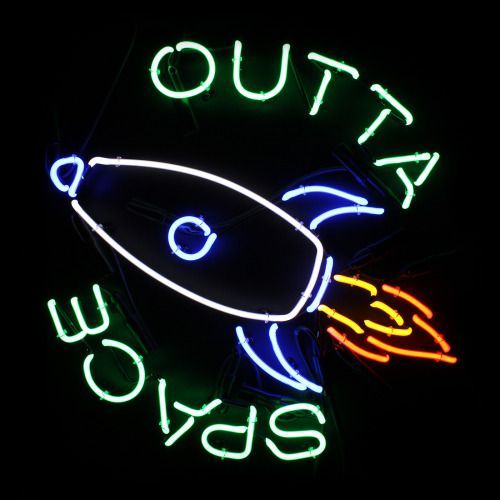





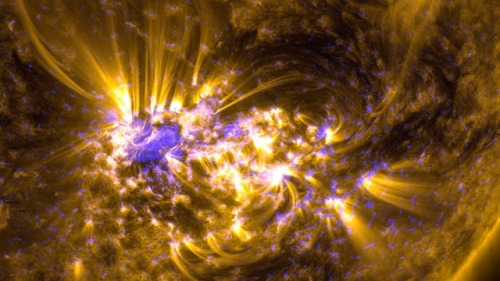
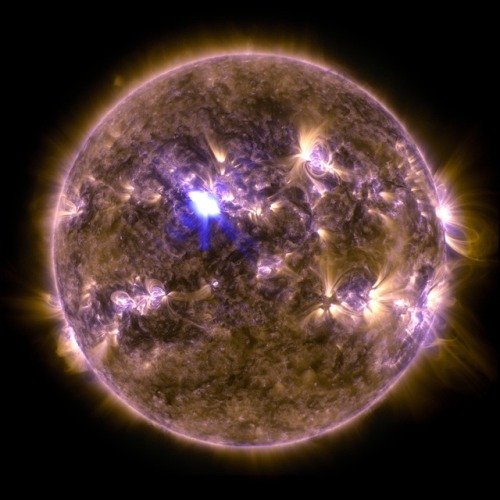

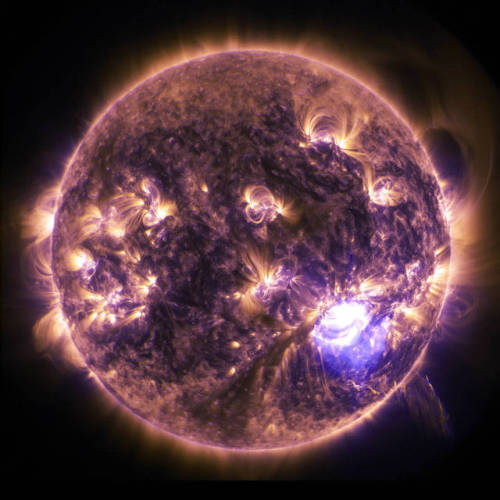

Solar Dynamics Observatory
The Solar Dynamics Observatory (SDO) is a NASA mission which has been observing the Sun since 2010. Launched on February 11, 2010, the observatory is part of the Living With a Star (LWS) program. The goal of the LWS program is to develop the scientific understanding necessary to effectively address those aspects of the connected Sun–Earth system directly affecting life and society. The goal of the SDO is to understand the influence of the Sun on the Earth and near-Earth space by studying the solar atmosphere on small scales of space and time and in many wavelengths simultaneously. SDO has been investigating how the Sun’s magnetic field is generated and structured, how this stored magnetic energy is converted and released into the heliosphere and geospace in the form of solar wind, energetic particles, and variations in the solar irradiance
Read more at: NASA/SDO | Wikipedia
Image credit: NASA/SDO/AIA/HMI/EVE & proccessed Stuart Rankin
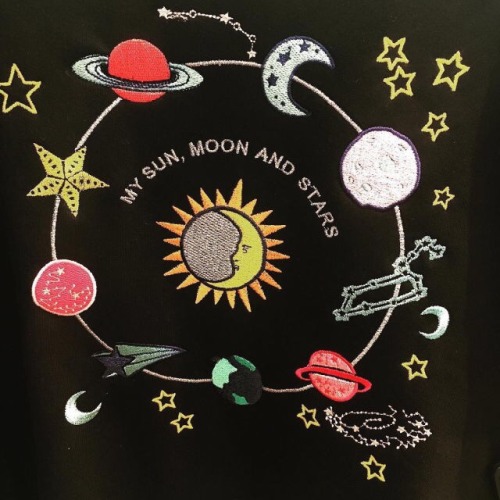

saturno 25 6 2017 by Pepe Manteca on Flickr.

Space…….
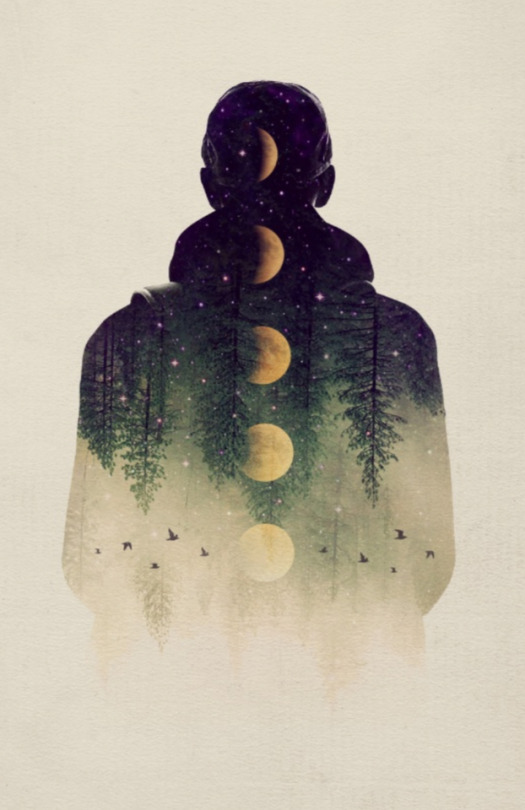
Flowing Inspiration: by Enkel Dika.


-
 dreamse liked this · 2 years ago
dreamse liked this · 2 years ago -
 freemonlovesversie2021 liked this · 4 years ago
freemonlovesversie2021 liked this · 4 years ago -
 rredbubblegum liked this · 4 years ago
rredbubblegum liked this · 4 years ago -
 suckerforthatbeautifulpain reblogged this · 4 years ago
suckerforthatbeautifulpain reblogged this · 4 years ago -
 igotlostinthisworld liked this · 4 years ago
igotlostinthisworld liked this · 4 years ago -
 living-life-the-happiesttt liked this · 4 years ago
living-life-the-happiesttt liked this · 4 years ago -
 devilish-angel25 liked this · 4 years ago
devilish-angel25 liked this · 4 years ago -
 creippi liked this · 4 years ago
creippi liked this · 4 years ago -
 wildlyricalairofanywhereelse liked this · 4 years ago
wildlyricalairofanywhereelse liked this · 4 years ago -
 tristan1717 liked this · 4 years ago
tristan1717 liked this · 4 years ago -
 c-mindless reblogged this · 4 years ago
c-mindless reblogged this · 4 years ago -
 butterfly948 liked this · 4 years ago
butterfly948 liked this · 4 years ago -
 uglysluggies reblogged this · 4 years ago
uglysluggies reblogged this · 4 years ago -
 uglysluggies reblogged this · 4 years ago
uglysluggies reblogged this · 4 years ago -
 w-h-o-am-i reblogged this · 5 years ago
w-h-o-am-i reblogged this · 5 years ago -
 w-h-o-am-i liked this · 5 years ago
w-h-o-am-i liked this · 5 years ago -
 josephinedreaming reblogged this · 5 years ago
josephinedreaming reblogged this · 5 years ago -
 firefly-whovian liked this · 5 years ago
firefly-whovian liked this · 5 years ago -
 bldo-joe-armstrong liked this · 5 years ago
bldo-joe-armstrong liked this · 5 years ago -
 halfbloodbothways reblogged this · 5 years ago
halfbloodbothways reblogged this · 5 years ago -
 halfbloodbothways liked this · 5 years ago
halfbloodbothways liked this · 5 years ago -
 hisa-ai reblogged this · 5 years ago
hisa-ai reblogged this · 5 years ago -
 session-32 reblogged this · 5 years ago
session-32 reblogged this · 5 years ago -
 nathooniel liked this · 5 years ago
nathooniel liked this · 5 years ago -
 broken-down-sad-car liked this · 5 years ago
broken-down-sad-car liked this · 5 years ago -
 clareavcnleigh liked this · 5 years ago
clareavcnleigh liked this · 5 years ago -
 billhaderhaderade liked this · 5 years ago
billhaderhaderade liked this · 5 years ago -
 jadehallisthebestmaybe liked this · 5 years ago
jadehallisthebestmaybe liked this · 5 years ago -
 xxpaigeannexx liked this · 5 years ago
xxpaigeannexx liked this · 5 years ago -
 imwilsonc04 liked this · 5 years ago
imwilsonc04 liked this · 5 years ago -
 voicemales reblogged this · 5 years ago
voicemales reblogged this · 5 years ago -
 voicemales liked this · 5 years ago
voicemales liked this · 5 years ago -
 mrsuchiha-hatake-hyuga-senju liked this · 5 years ago
mrsuchiha-hatake-hyuga-senju liked this · 5 years ago -
 personal-asian reblogged this · 5 years ago
personal-asian reblogged this · 5 years ago -
 personal-asian liked this · 5 years ago
personal-asian liked this · 5 years ago -
 pillylilly2004 liked this · 5 years ago
pillylilly2004 liked this · 5 years ago -
 kixsbith liked this · 5 years ago
kixsbith liked this · 5 years ago -
 oneandonlytruelove liked this · 5 years ago
oneandonlytruelove liked this · 5 years ago -
 khoaitaychieen liked this · 5 years ago
khoaitaychieen liked this · 5 years ago -
 cryingdonuts liked this · 5 years ago
cryingdonuts liked this · 5 years ago